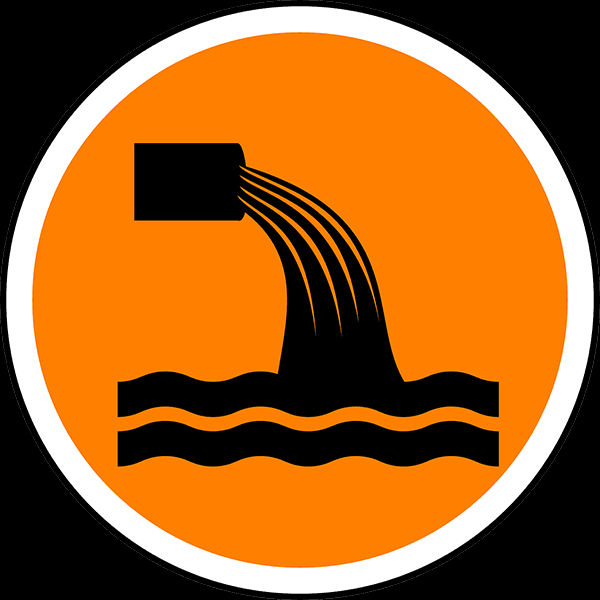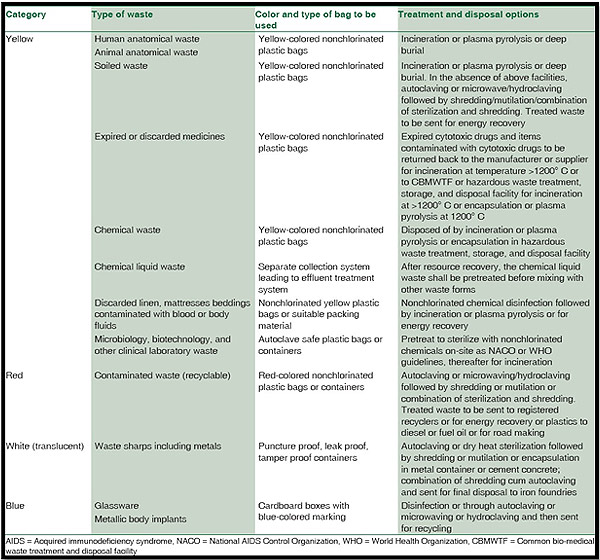Getting My Reclaim Waste To Work
Getting My Reclaim Waste To Work
Blog Article
Not known Factual Statements About Reclaim Waste
Table of ContentsThe Ultimate Guide To Reclaim WasteThe Best Guide To Reclaim WasteFacts About Reclaim Waste UncoveredThings about Reclaim WasteAn Unbiased View of Reclaim Waste
Check out the types, occurrences, and types of fluid waste. Domestic sewer waste describes the waste and items from a domestic septic container. This kind of waste is developed by people in houses, schools, and various other buildings. This only consists of septic tanks that have a drainpipe field. The correct administration and disposal of domestic sewer waste need liquid waste to be transferred to a sewer treatment plant where the correct methods and tools are used to detoxify and dispose of waste.
Business waste frequently consists of possible hazards, such as flammable products or a mix of fluid and strong waste items, and requires an advanced and detailed disposal procedure. The disposal of business waste normally entails the purification of waste before transport to guarantee safe and appropriate disposal. Industrial waste is created from results and runoff of commercial processes and production.
This kind of waste can not utilize the exact same sewage administration transport or processes as septic or business liquids. The hazardous waste administration procedure needs the inspection and testing of liquid waste before it undergoes the disposal procedure (liquid waste removal melbourne). Overflow waste is the fluid waste that originates from drainage and excess stormwater in highly populated locations or cities
Drainage waste can cause contamination and flooding if not dealt with appropriately. Discover more regarding sewage system cleansing and waste monitoring. Guaranteeing appropriate waste monitoring can protect against calamities and minimize ecological harm. Both individuals in residential settings and experts in commercial or production sectors can gain from understanding the processes and regulations of fluid waste monitoring.
The 3-Minute Rule for Reclaim Waste
Contact PROS Solutions today to learn more about our waste management and disposal services and the proper means to take care of the fluid waste you produce.
(https://reclaimwaste1.weebly.com/)Do you know what happens to your water when you end, purge the toilet or drain the cleaning maker? No? Well, it deserves understanding. This supposed 'wastewater' is not only an essential source however, after treatment, will certainly be launched to our land, rivers or the ocean. Made use of water from commodes, showers, baths, kitchen sinks, laundries and commercial processes is known as wastewater.

water used to cool down equipment or clean plant and equipment). Stormwater, a kind of wastewater, is overflow that streams from agricultural and city locations such as roofs, parks, yards, roadways, courses and gutters into stormwater drains, after site web rainfall. Stormwater flows unattended directly to neighborhood creeks or rivers, at some point getting to the ocean.
Some Known Details About Reclaim Waste
In Queensland, most wastewater is treated at sewage treatment plants. Wastewater is transferred from residential or industrial websites through a system of drains and pump terminals, known as sewage reticulation, to a sewer therapy plant.
The Department of Natural Resources encourages city governments concerning managing, operating and preserving sewage systems and treatment plants. In unsewered locations, regional governments may need householders to install private or household sewer therapy systems to deal with residential wastewater from toilets, kitchen areas, washrooms and laundries. The Division of Natural Resources authorizes making use of family systems when they are shown to be reliable.
In some new communities, treatment of some stormwater to remove trash, sand and gravel has started utilizing gross contaminant catches. Wastewater treatment happens in four stages: Removes solid matter.
Uses little living microorganisms understands as micro-organisms to break down and remove staying dissolved wastes and great fragments. Micro-organisms and wastes are incorporated in the sludge.
The Ultimate Guide To Reclaim Waste
Nutrient removal is not readily available in all sewage therapy plants because it requires pricey specialised devices. It is coming to be much more typical in Queensland. Clear liquid effluent created after treatment may still consist of disease-causing micro-organisms. If this effluent is released right into rivers such as rivers or the sea, the micro-organisms will ultimately pass away out.

A lot of wastewater moves into the sewerage system. Under the Act, local governments administer authorizations and permits for environmentally appropriate activities (Periods) entailing wastewater releases that could have a local influence.
Some Known Questions About Reclaim Waste.
Tracking supplies accurate info regarding water high quality and can verify that licence conditions are being fulfilled. The info acquired through surveillance offers the basis for making water high quality decisions.
Report this page